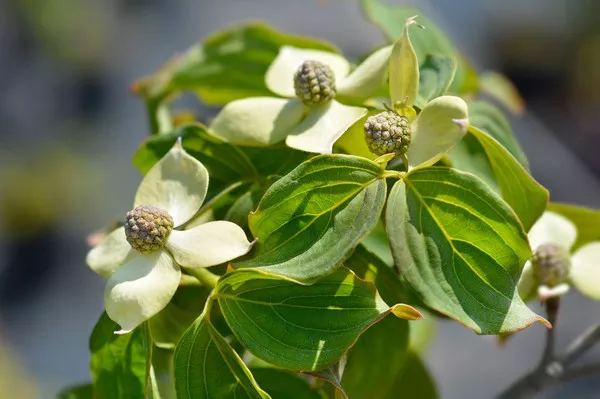Vanilla, often referred to as the “queen of spices,” owes much of its allure to the exotic flavor it imparts to various culinary delights. This prized spice is derived from the vanilla orchid, which produces the delicate vanilla flower. Pollinating the vanilla flower is a crucial step in the cultivation of this valuable crop. In this comprehensive guide, we will explore the intricate process of pollinating vanilla flowers, its importance in vanilla production, and various techniques for successful pollination.
Understanding Vanilla Flowers
Before delving into the art of pollination, it’s essential to understand the anatomy of the vanilla flower. Vanilla flowers are unique, possessing both male and female reproductive structures within the same bloom. They are hermaphroditic, with a tubular structure that includes a central column containing the stigma, style, and anthers. These components play a pivotal role in the pollination process.
Natural Vanilla Flower Pollination
In its native habitat of Mexico, vanilla relies on a specific pollinator: the Melipona bee. These tiny, specialized bees are the primary pollinators of vanilla flowers. As they seek nectar within the flower, their bodies inadvertently brush against the anthers, transferring pollen to the stigma. However, vanilla cultivation outside of Mexico often requires human intervention due to the absence of these bees in other regions.
The Importance of Vanilla Flower Pollination
Vanilla flowers’ successful pollination is vital for the production of vanilla pods, which are harvested for their beans. Without pollination, these flowers will wither and drop, resulting in no vanilla beans. The pods are where the distinctive vanilla flavor compounds, such as vanillin, are formed. This makes pollination a critical step in the vanilla production process.
Hand Pollination: The Key to Vanilla Cultivation
Given the challenges of natural pollination outside of Mexico, hand pollination has become the cornerstone of vanilla cultivation worldwide. Hand pollination allows growers to control and enhance the vanilla flower pollination process, ensuring a higher yield of vanilla beans.
1. Tools and Materials
Before attempting hand pollination, gather the necessary tools and materials. These include a toothpick or a small stick, gloves, and a delicate touch. The vanilla flower is fragile, so it’s crucial to handle it gently to avoid damaging the blossom.
2. Identifying the Right Moment
Timing is crucial in hand pollination. Vanilla flowers typically open for a few hours only, usually in the morning. It is during this brief window that pollination must occur. Vanilla flowers can be identified by their pale green or yellowish color and a slight fragrance.
3. Pollination Technique
To successfully pollinate a vanilla flower, gently lift the flap-like labellum and locate the column within. Using a toothpick or stick, carefully manipulate the anther to release pollen onto the stigma, ensuring that both the male and female parts of the flower come into contact. Be cautious not to damage the flower in the process. Repeat this process for each vanilla flower.
4. Pollination Frequency
Vanilla vines produce flowers continuously, and it’s essential to pollinate each newly opened bloom. Daily inspection and pollination during the flowering season are necessary to maximize bean production.
Challenges in Vanilla Flower Pollination
While hand pollination has revolutionized vanilla cultivation, it comes with its own set of challenges. The delicate nature of the vanilla flower makes the process susceptible to human error. It’s essential to be patient, precise, and attentive to detail during hand pollination.
1. Pollination Variations
Vanilla flower pollination can vary slightly depending on the specific species of vanilla. Vanilla planifolia, often referred to as Bourbon vanilla, is the most common species used for commercial production. However, there are other vanilla species with subtle differences in their flowering and pollination processes.
2. Post-Pollination Care
After successful pollination, it’s crucial to monitor the developing pods regularly. Ensure that the vines receive adequate nutrients and support for healthy pod development. Proper care during the post-pollination phase is essential for a bountiful vanilla harvest.
3. Harvesting Vanilla Beans
Vanilla beans are ready for harvest about eight to nine months after pollination. Their appearance changes from green to yellow and finally dark brown or black, depending on the curing process. Proper harvesting techniques are essential to preserve the quality of the beans.
Conclusion
Vanilla flower pollination is an intricate yet rewarding process that plays a pivotal role in the cultivation of this cherished spice. Understanding the anatomy of vanilla flowers, the importance of pollination, and the techniques involved in hand pollination are essential for successful vanilla bean production. Whether you are a commercial grower or an aspiring home gardener, mastering the art of vanilla flower pollination will undoubtedly enhance your appreciation for this exquisite flavoring and the enchanting orchid from which it is derived.


